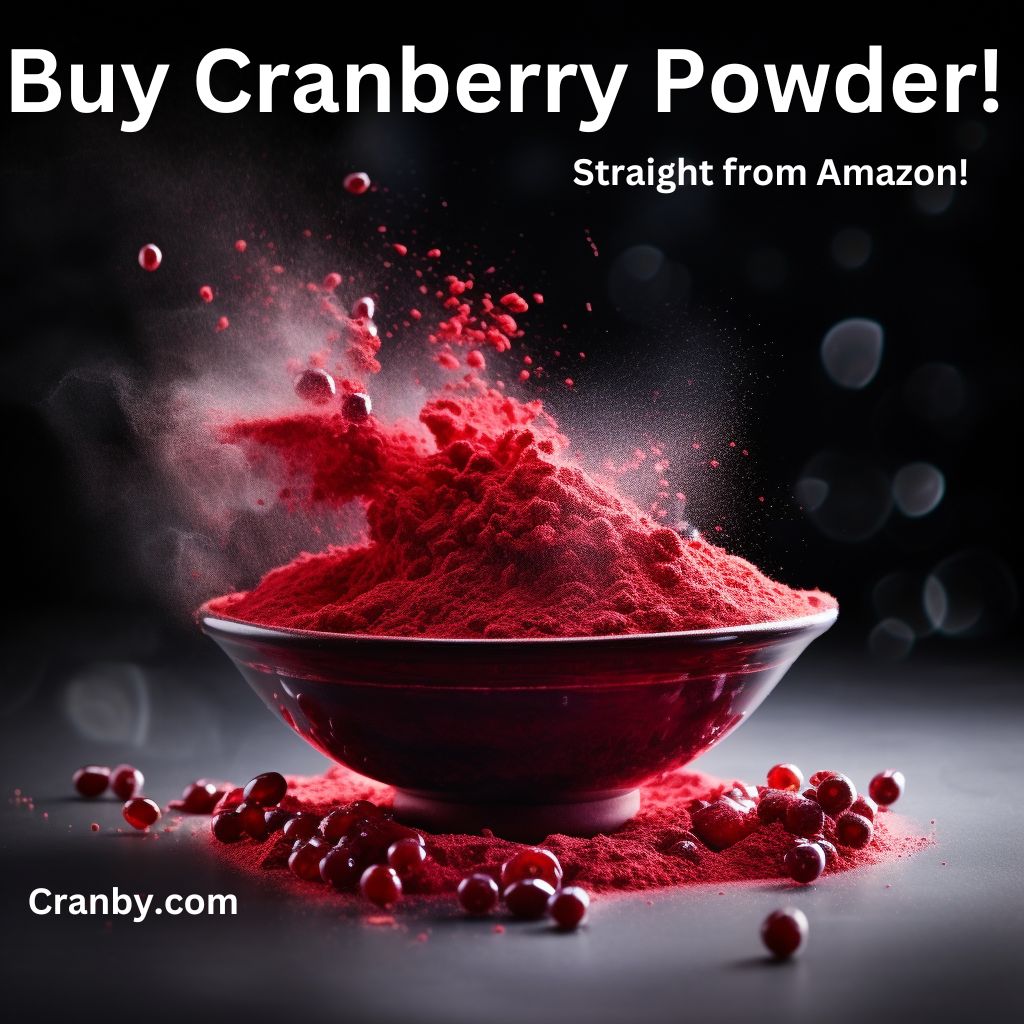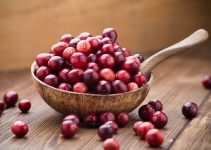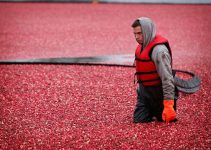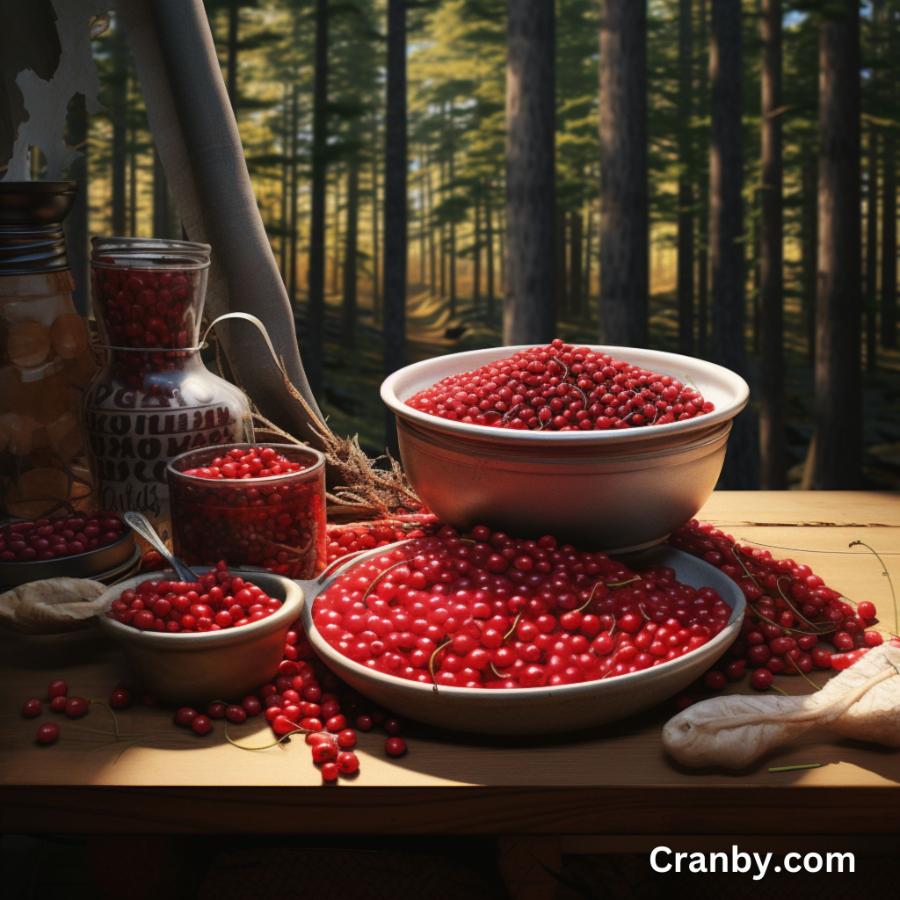
Cranberries
…
Cranberries vs Red Currants
Cranberries and red currants are both small, red berries.
Taste
Cranberries are known to be tart or sour. This is the main difference that sets them apart. This tartness, which some people call sharp or tangy, can be a pretty intense experience when eaten raw. And so when people consume them in formats like cranberry sauces, juices, and baked goods, they usually add sugar or sweetener. The combination of the 2 creates a harmonious and unique blend of flavor that people really like.
On the other hand, red currants are a little less aggressive. They do have a hint of tartness, but also a mild sweetness that cranberries don’t have. The taste is subtle, slightly tangy, and can be enjoyed raw without the need for sugar. This makes red currants more popular berry to eat raw.
Summary: Cranberries are very sour and red currants a bit sour but also sweet so they can be eaten raw whereas cranberries are much less enjoyable that way.
Looks
Visually, cranberries are larger and rounder, typically ranging from a deep red to a vibrant pink color. They have a glossy appearance and are often associated with the holiday season, particularly in the form of cranberry sauce. Red currants, in contrast, are smaller and grow in long clusters, resembling tiny see through-ish pearls. Their vibrant red hue adds a visual appeal to desserts and salads.
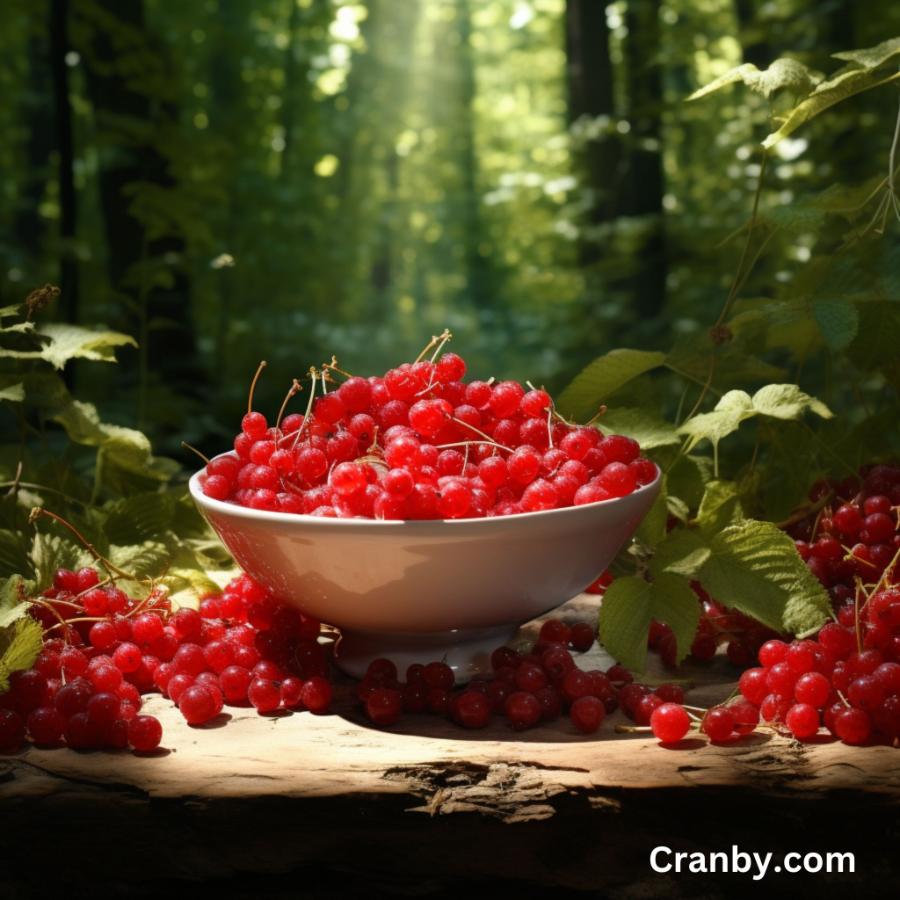
Red Currants
Uses
Cranberries are often celebrated for their intense tartness, which makes them a popular choice for sweet and savory dishes. One of the most well-known uses is in the preparation of cranberry sauce, a traditional dish for holiday meals. Cranberries also feature prominently in beverages like juices and cocktails. It also gives a zesty flavor to some fun, alcoholic drinks. They’re also used A LOT in baking, as they maintain their shape and add a burst of tartness to pies, muffins, and other desserts.
Red currants, with their mild sweetness and gentle tartness, are usually consumed fresh. These berries are commonly added to fruit salads, green salads, or used as a garnish for desserts due to their visually appealing appearance. Red currants are also prized for making jams, jellies, and preserves, where their distinct flavor can be preserved and enjoyed over time.
In other words, it’s the old, “currants are better fresh and crans are better used in preparations.” To sum up this section in one sentence.

USA Cranberries
Geography
Cranberries mainly grow in North America, particularly the northern United States and Canada (although another variety does grow in Europe and elsewhere). They thrive in acidic, peat-rich soils and are often found in areas with cooler climates. The marshy bogs of regions like Wisconsin, Massachusetts, and British Columbia are renowned for cultivating cranberries. The United States is a major global producer of cranberries, with the fruit being a significant part of Thanksgiving traditions. Canada, particularly in provinces like Quebec and British Columbia, also contributes significantly to the global cranberry supply.
Red currants have a broader geographic distribution and are cultivated in various parts of the world. They are native to Europe and Asia and have been cultivated for centuries. European countries such as France, Germany, and the United Kingdom have a long history of red currant cultivation. In recent times, red currants have also gained popularity in North America and other regions with suitable climates. They thrive in temperate climates with well-drained soil and are adaptable to a wider range of environmental conditions compared to cranberries.
In terms of popularity, while cranberries hold a special place in North American cuisine, red currants have a more global presence, but are particularly “cool” in the UK.
Summary: Cranberries are American and red currants are British (to really simplify things).
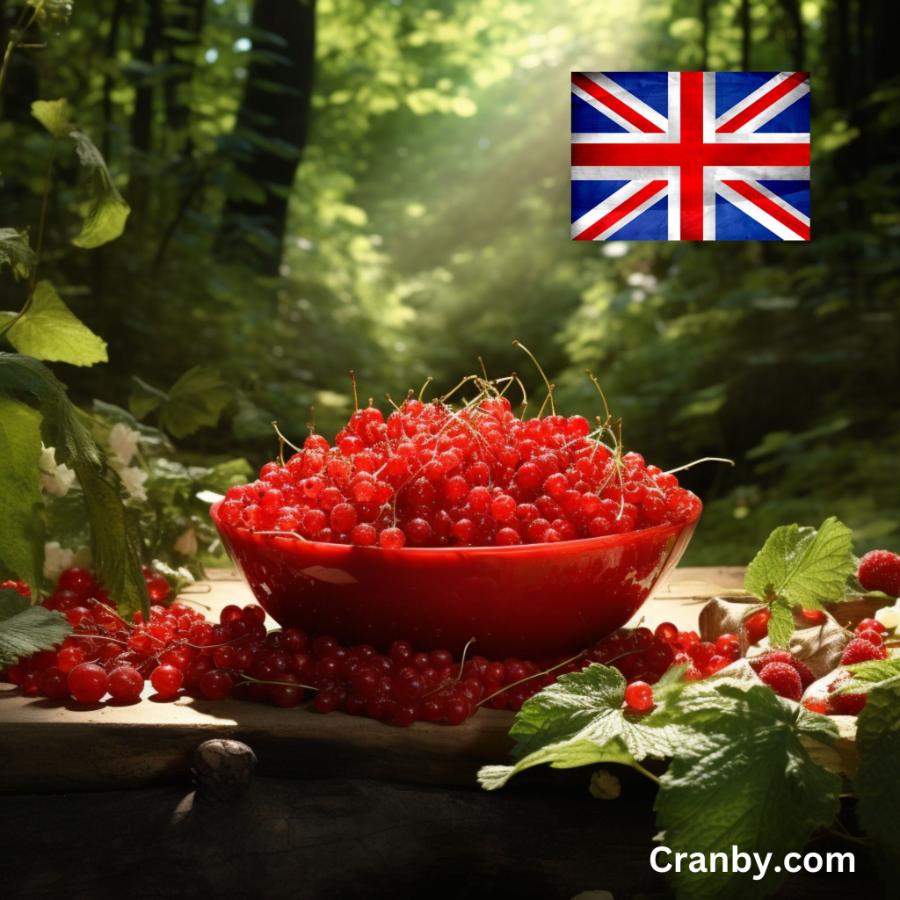
UK Red Currants
Nutrition
We’ll start with cranberries simply because I have a bias toward them :). Crans are low in calories, sugars and fat, making them pretty healthy as far as fruit and food in general goes. They are rich in vitamin C – an antioxidant that’s good for the immune system, promotes skin health, and aids in the absorption of iron. Cranberries are also a good source of fiber, which is beneficial for digestive health and helps maintain a feeling of fullness. Additionally, cranberries contain various phytonutrients, particularly proanthocyanidins, which are associated with urinary tract health and may have anti-inflammatory properties. (See detailed Cranberry nutrition facts here.)
Red currants, while also low in calories, sugars (they have a bit more than crans) and fats, have a different set of vitamins and minerals. They are particularly high in vitamin C, similar to cranberries, but also provide a notable amount of vitamin K, essential for blood clotting and bone health. Additionally, red currants contain manganese, a mineral important for metabolism and bone development.
Summary: In other words they are almost the same nutritionally
Both berries are pretty similar. The specific antioxidants, however, vary between the two. While cranberries are known for proanthocyanidins, red currants contain anthocyanins, pigments responsible for their vibrant red color.
In other words, almost no difference.
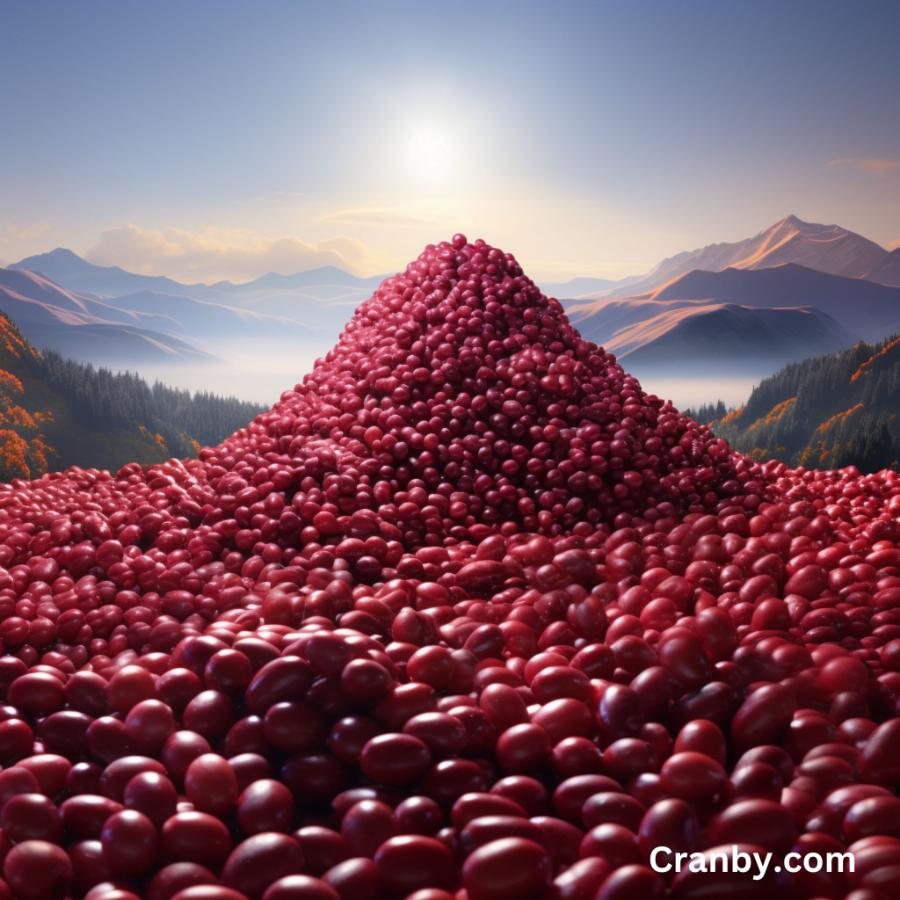
Cranberries Win!!!
The Winner is …
Cranberries of course!
The entire blog post made it very clear that they are pretty much the same.
It also made it very clear, if you read between the lines, that cranberries are way, WAY cooler. So they win.
The conclusion is so obvious.
Enjoy your berries.
BTW, do you know the difference between cranberry sauce and cranberry relish?
